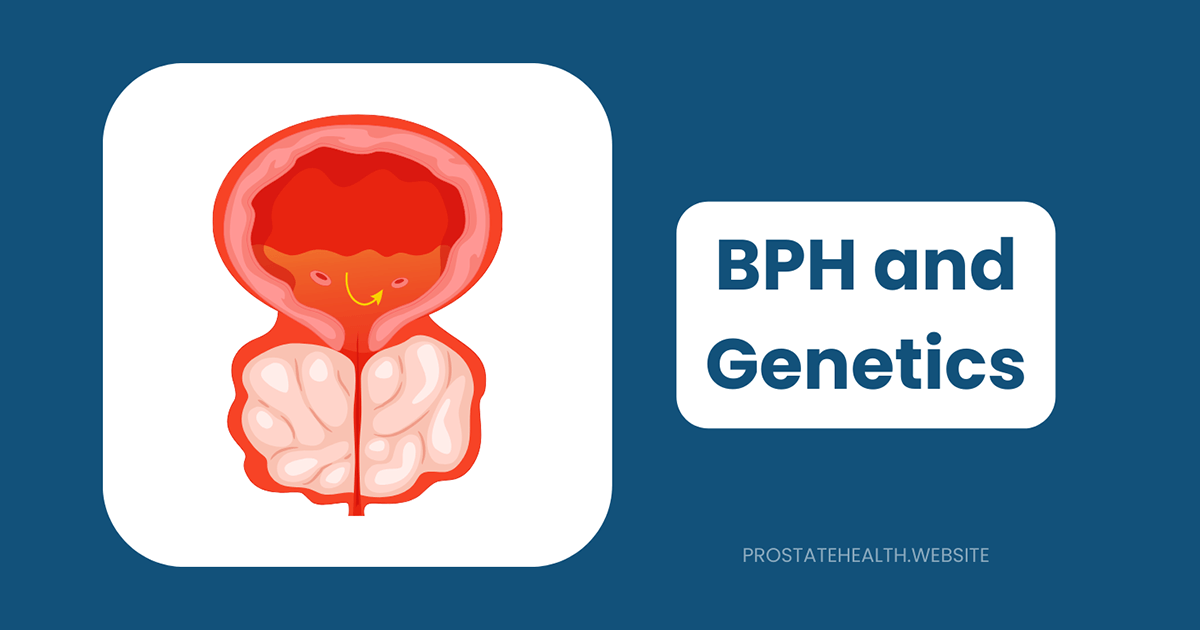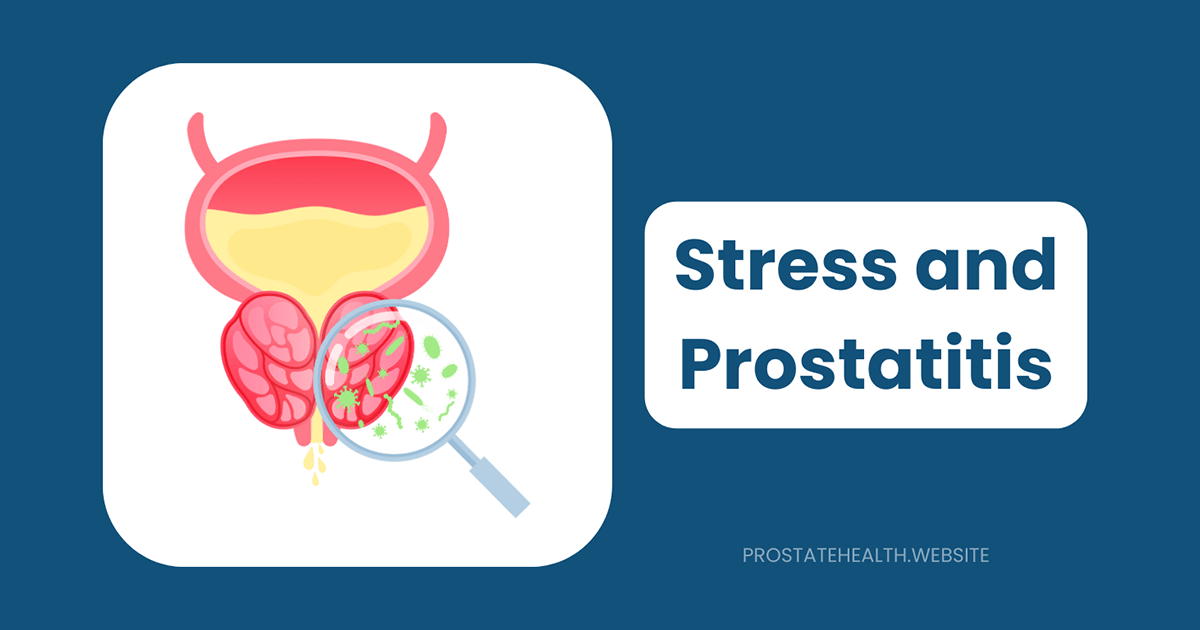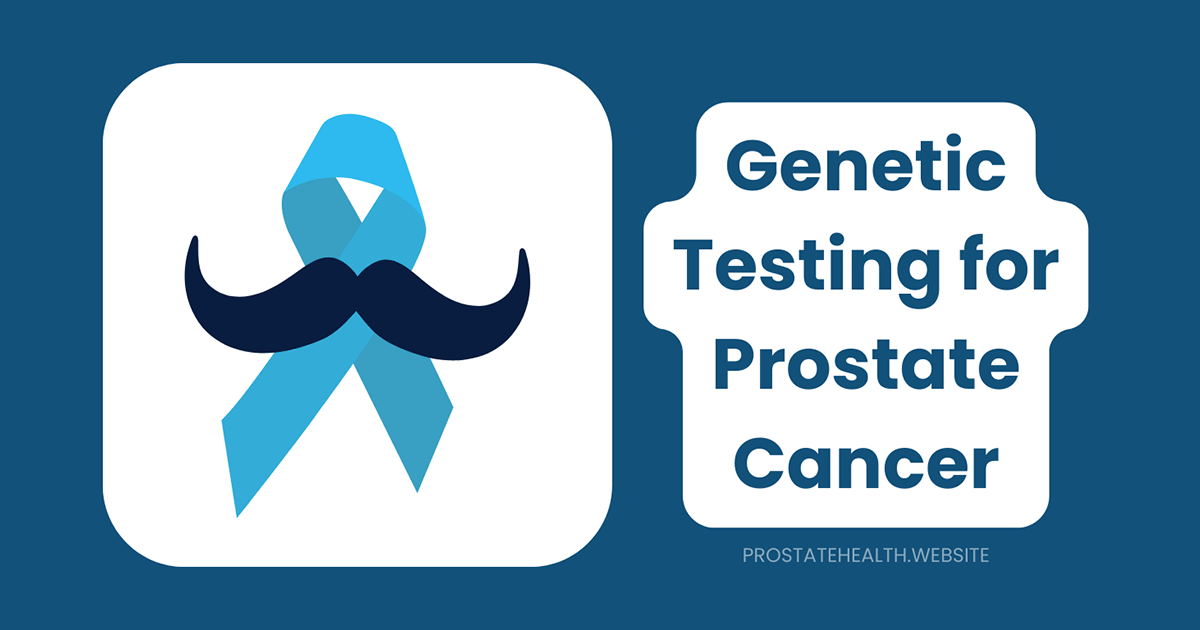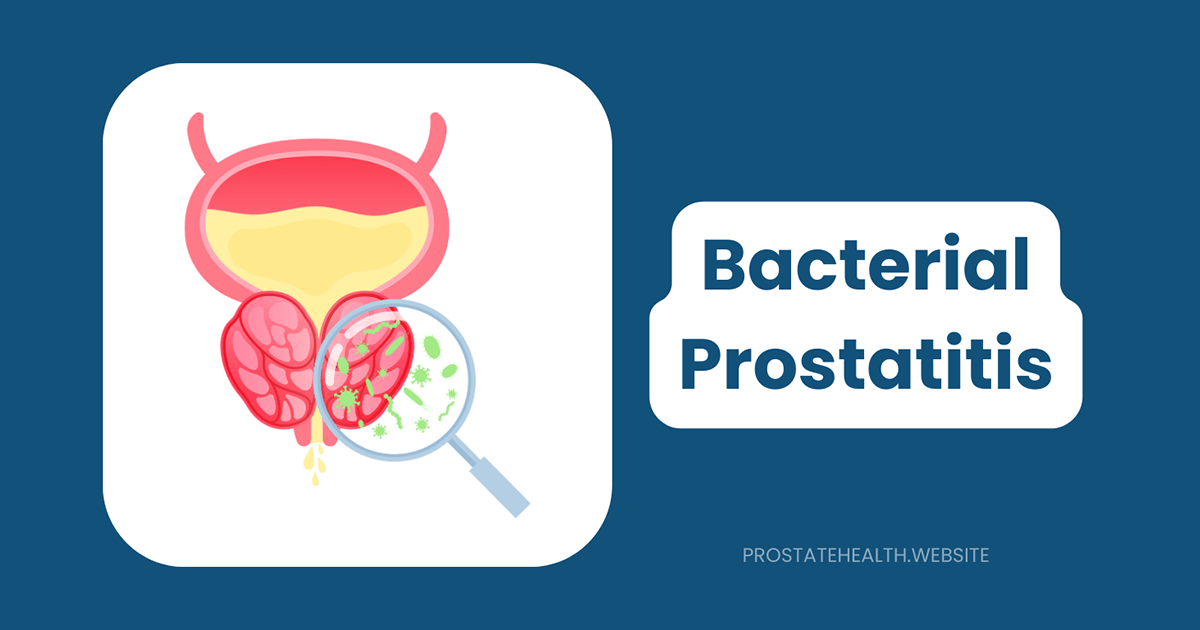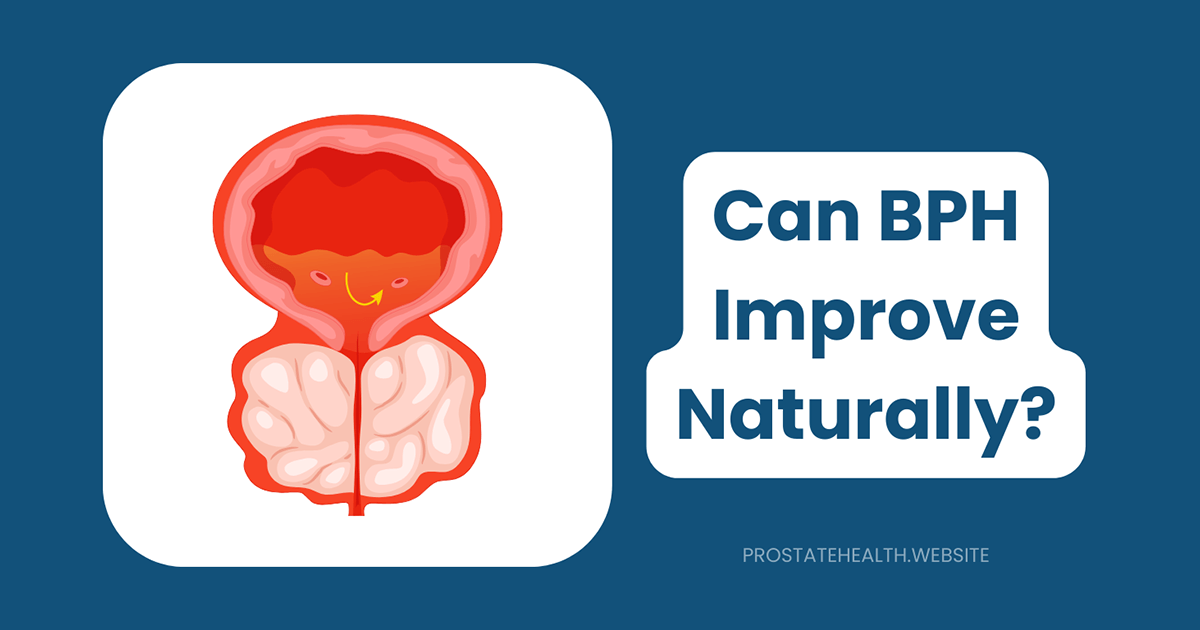The Link Between Metabolic Syndrome and BPH Risk
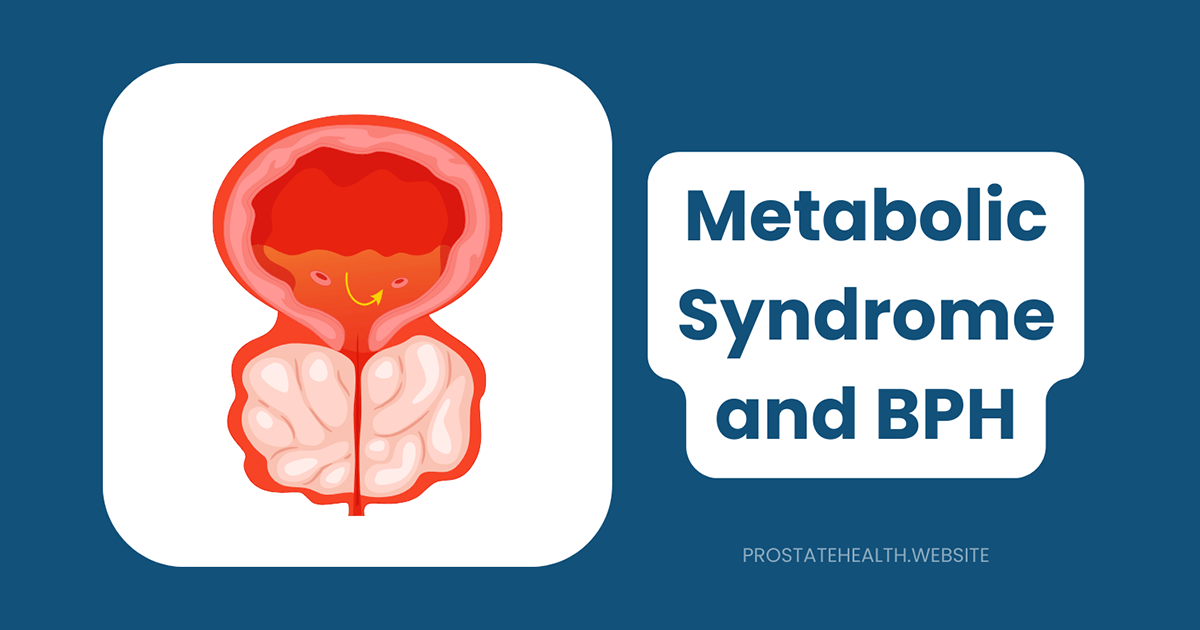
For decades, benign prostatic hyperplasia (BPH)—the non-cancerous enlargement of the prostate gland—was primarily viewed as an inevitable consequence of aging and hormonal changes in men. However, a growing body of research is revealing a more complex picture, with metabolic syndrome emerging as a significant risk factor that may fundamentally change how we understand, prevent, and treat this common condition.
As someone who has guided countless men through prostate health challenges, I’ve witnessed firsthand how addressing metabolic factors can sometimes make a dramatic difference in BPH symptoms and progression. The connection between metabolic health and prostate health represents one of the most important paradigm shifts in men’s health in recent years—one that empowers men with actionable knowledge to potentially reduce their risk.
In this comprehensive guide, we’ll explore the compelling link between metabolic syndrome and BPH, examine the latest research, and most importantly, discuss practical strategies that may help reduce your risk.
Understanding Metabolic Syndrome and BPH: The Basics
Before diving into their connection, let’s clarify what these conditions are:
What Is Metabolic Syndrome?
Metabolic syndrome isn’t a single disease but rather a cluster of conditions that occur together, increasing your risk of heart disease, stroke, type 2 diabetes, and other health problems. According to the National Cholesterol Education Program Adult Treatment Panel III (NCEP ATP III), you have metabolic syndrome if you have three or more of the following:
- Abdominal obesity: Waist circumference greater than 40 inches (102 cm) in men
- Elevated triglycerides: 150 mg/dL or higher
- Reduced HDL (“good”) cholesterol: Less than 40 mg/dL in men
- Elevated blood pressure: 130/85 mm Hg or higher
- Elevated fasting glucose: 100 mg/dL or higher
Approximately 34% of American adults have metabolic syndrome, with prevalence increasing with age—reaching nearly 50% in those over 60.
What Is Benign Prostatic Hyperplasia (BPH)?
BPH is the non-cancerous enlargement of the prostate gland that commonly affects men as they age. The prostate, normally about the size of a walnut, surrounds the urethra (the tube that carries urine from the bladder). As the prostate enlarges, it can squeeze or partially block the urethra, causing urinary symptoms such as:
- Frequent urination, especially at night
- Weak urine stream
- Difficulty starting urination
- Feeling that the bladder isn’t completely empty
- Urgency to urinate
- Straining during urination
BPH affects about 50% of men in their 50s and up to 90% of men in their 80s, making it one of the most common health conditions in aging men.
The Emerging Link: What Research Reveals
The connection between metabolic syndrome and BPH has been increasingly documented in scientific literature over the past decade, with particularly compelling evidence emerging in recent years.
Epidemiological Evidence
Multiple studies have found associations between metabolic syndrome and BPH:
- A large-scale study published in Nature Scientific Reports found that men with metabolic syndrome had a 29% higher risk of developing clinical BPH compared to those without metabolic syndrome (HR: 1.29; 95% CI, 1.08-1.50)
- Research from the China Health and Retirement Longitudinal Study involving 3,301 men showed a positive correlation between Triglyceride Glucose Body Mass Index (TyG-BMI) and BPH risk, with an odds ratio of 1.22 (95% CI 1.08-1.38)
- A January 2025 study published in Aging examined 219 men (144 with BPH and 75 without) and found that men with BPH had significantly higher levels of pro-inflammatory molecules, with this imbalance being more pronounced in those who also had metabolic syndrome
Dr. James Thompson, urologist at Metropolitan Urology Center, explains: “What’s particularly interesting about these findings is the dose-response relationship we’re seeing. It’s not just having metabolic syndrome that increases risk, but the severity of metabolic dysfunction correlates with BPH severity. This strongly suggests a causal relationship rather than just an association.”
Individual Components of Metabolic Syndrome and BPH Risk
Research has also examined how specific components of metabolic syndrome relate to BPH:
1. Obesity and Abdominal Fat
- Central obesity (measured by waist circumference) shows the strongest and most consistent association with BPH among all metabolic syndrome components
- A meta-analysis of 19 studies found that for every 1 kg/m² increase in BMI, the risk of BPH increased by 5%
- Visceral fat (fat around internal organs) appears more strongly linked to BPH than subcutaneous fat
2. Insulin Resistance and Diabetes
- Insulin resistance and hyperinsulinemia are associated with larger prostate volume
- Diabetic men have a 2.3-fold higher risk of moderate to severe lower urinary tract symptoms compared to non-diabetic men
- Higher fasting glucose levels correlate with increased prostate size and symptom severity
3. Dyslipidemia (Abnormal Blood Lipids)
- Low HDL cholesterol and high triglycerides are associated with increased prostate volume and symptom severity
- Men with higher total cholesterol levels have larger prostates on average
- Statin use (cholesterol-lowering medications) has been associated with reduced BPH progression in some studies
4. Hypertension
- Several studies have found associations between hypertension and BPH/LUTS
- The relationship may be partly explained by increased sympathetic nervous system activity affecting both blood pressure and prostate/bladder muscle tone
Biological Mechanisms: How Metabolic Syndrome May Cause or Worsen BPH
The relationship between metabolic syndrome and BPH isn’t merely statistical—there are several biological mechanisms that explain how metabolic dysfunction may directly contribute to prostate enlargement:
1. Chronic Inflammation
Metabolic syndrome creates a state of chronic, low-grade inflammation throughout the body. The January 2025 study in Aging found that men with both BPH and metabolic syndrome had significantly higher levels of pro-inflammatory molecules (like 12S-HETE and 5-HETE) and lower levels of anti-inflammatory substances (like lipoxin A4).
Inflammation within the prostate can:
- Promote tissue growth and hyperplasia
- Increase oxidative stress, damaging prostate cells
- Alter the local hormonal environment
- Create a self-perpetuating cycle of inflammation and growth
2. Insulin Resistance and Growth Factors
Insulin resistance, a hallmark of metabolic syndrome, leads to higher circulating insulin levels, which can stimulate prostate growth through several mechanisms:
- Direct growth stimulation: Insulin and insulin-like growth factor 1 (IGF-1) bind to receptors on prostate cells, promoting cell proliferation
- Increased sympathetic nervous system activity: Hyperinsulinemia enhances sympathetic tone, which can increase prostate smooth muscle contraction
- Altered sex hormone metabolism: Insulin resistance affects testosterone and estrogen balance, potentially promoting prostate growth
Dr. Sarah Chen, endocrinologist specializing in men’s health, notes: “The insulin-IGF-1 axis appears to be a critical link between metabolic syndrome and BPH. These growth factors essentially tell prostate cells to multiply and grow, contributing to enlargement over time.”
3. Altered Sex Hormone Metabolism
Metabolic syndrome affects the balance of sex hormones in men:
- Increased aromatase activity: Fat tissue contains aromatase, an enzyme that converts testosterone to estrogen
- Reduced sex hormone-binding globulin (SHBG): Metabolic syndrome reduces SHBG levels, altering the ratio of free to bound testosterone
- Altered 5α-reductase activity: This enzyme converts testosterone to dihydrotestosterone (DHT), which strongly promotes prostate growth
These hormonal changes create an environment that favors prostate growth and may explain why obesity and metabolic syndrome are associated with larger prostate volumes.
4. Autonomic Nervous System Dysfunction
Metabolic syndrome is associated with increased sympathetic nervous system activity, which can:
- Increase prostate smooth muscle tone, worsening urinary symptoms
- Promote bladder outlet obstruction
- Contribute to bladder overactivity
- Create a vicious cycle of urinary symptoms
5. Impaired Nitric Oxide Signaling
Nitric oxide (NO) is an important signaling molecule that helps relax smooth muscle in blood vessels and the lower urinary tract. Metabolic syndrome impairs NO production and signaling, which can:
- Reduce blood flow to the prostate and bladder
- Increase prostate and bladder neck muscle tone
- Worsen lower urinary tract symptoms
Clinical Implications: What This Means for Prevention and Treatment
The recognition of metabolic syndrome as a risk factor for BPH has important implications for both prevention and treatment strategies:
Prevention Strategies
If metabolic syndrome increases BPH risk, addressing metabolic health may help prevent or delay BPH development:
1. Weight Management
Given the strong link between obesity (especially central obesity) and BPH:
- Maintaining a healthy weight may reduce BPH risk
- Weight loss in overweight/obese men may slow BPH progression
- Focus on reducing waist circumference specifically
2. Physical Activity
Regular exercise has multiple benefits for metabolic and prostate health:
- Improves insulin sensitivity
- Reduces inflammation
- Helps maintain healthy weight
- May directly benefit prostate health through improved circulation
Research suggests that men who are physically active have a lower risk of BPH and less severe symptoms when BPH does develop.
3. Dietary Approaches
Several dietary patterns and specific nutrients may help reduce both metabolic syndrome and BPH risk:
- Mediterranean diet: Rich in fruits, vegetables, whole grains, fish, olive oil, and nuts
- DASH diet: Designed to reduce blood pressure but also beneficial for overall metabolic health
- Specific nutrients: Lycopene (in tomatoes), omega-3 fatty acids, zinc, and selenium may support prostate health
- Foods to limit: Refined carbohydrates, sugary beverages, red meat, and processed foods that promote inflammation and metabolic dysfunction
4. Managing Specific Metabolic Conditions
Addressing individual components of metabolic syndrome may help reduce BPH risk:
- Blood glucose control: Managing insulin resistance and diabetes
- Lipid management: Addressing high cholesterol and triglycerides
- Blood pressure control: Managing hypertension
- Stress reduction: Chronic stress contributes to metabolic dysfunction
Treatment Implications
The metabolic syndrome-BPH connection also has implications for treating existing BPH:
1. Comprehensive Assessment
Men with BPH should be evaluated for metabolic syndrome, as:
- The presence of metabolic syndrome may affect treatment decisions
- Addressing metabolic factors may improve BPH outcomes
- Metabolic syndrome increases cardiovascular risk, which is relevant for treatment safety
2. Lifestyle Modifications as First-Line Therapy
For men with both BPH and metabolic syndrome, lifestyle modifications may provide dual benefits:
- Weight loss has been shown to improve both metabolic parameters and urinary symptoms
- Exercise improves insulin sensitivity and may reduce BPH symptoms
- Dietary changes can address both conditions simultaneously
Robert, 62, shares his experience: “After being diagnosed with both metabolic syndrome and BPH, my doctor suggested I focus on improving my metabolic health before considering medication for my prostate. I lost 25 pounds over six months through diet changes and regular walking. Not only did my blood pressure and blood sugar improve, but my urinary symptoms became much more manageable. I was able to avoid medication altogether.”
3. Medication Considerations
Some medications may address both metabolic syndrome and BPH:
- Statins: Some studies suggest statins may slow BPH progression while addressing dyslipidemia
- Metformin: This diabetes medication may have benefits for prostate health
- 5-alpha reductase inhibitors: May be particularly beneficial in men with metabolic syndrome and larger prostates
4. Monitoring and Follow-up
Men with both conditions may benefit from:
- More frequent monitoring of both metabolic parameters and prostate symptoms
- Coordinated care between primary care physicians and urologists
- Long-term strategies to address both conditions
Practical Advice: Taking Action to Reduce Your Risk
If you’re concerned about metabolic syndrome and BPH risk, here are practical steps you can take:
Know Your Numbers
Get regular check-ups to monitor key metabolic parameters:
- Waist circumference
- Blood pressure
- Fasting blood glucose
- Lipid panel (HDL, LDL, triglycerides)
- PSA and prostate health assessments after age 45
Implement Lifestyle Changes
Focus on evidence-based lifestyle modifications:
Weight Management
- Aim for a waist circumference under 40 inches (102 cm)
- If overweight, even modest weight loss (5-10% of body weight) can improve metabolic health
- Focus on sustainable approaches rather than crash diets
Physical Activity
- Aim for at least 150 minutes of moderate-intensity exercise weekly
- Include both aerobic exercise and strength training
- Consider activities that specifically benefit prostate health, such as pelvic floor exercises
Dietary Approaches
- Emphasize plant-based foods, lean proteins, and healthy fats
- Limit processed foods, refined carbohydrates, and added sugars
- Stay well-hydrated but consider timing fluid intake to minimize nighttime urination
- Consider specific prostate-supporting nutrients like lycopene, zinc, and selenium
Stress Management
- Practice stress-reduction techniques like meditation, deep breathing, or yoga
- Ensure adequate sleep (7-8 hours nightly)
- Maintain social connections and support networks
Talk to Your Healthcare Provider
If you have concerns about metabolic syndrome and prostate health:
- Discuss your risk factors with your healthcare provider
- Ask about appropriate screening for both conditions
- Consider whether medications for metabolic conditions might also benefit prostate health
- Develop a personalized prevention or treatment plan
Michael, 58, reflects on his proactive approach: “Learning about the connection between metabolic health and BPH was eye-opening for me. With a family history of both conditions, I decided to be proactive. I worked with my doctor to develop a prevention plan focused on diet, exercise, and regular monitoring. Five years later, my metabolic parameters are all normal, and I’ve had minimal prostate issues despite my family history.”
The Future: Emerging Research and Treatments
The recognition of BPH as partly a metabolic condition is opening new avenues for research and treatment:
Targeted Medications
Researchers are investigating medications that might address both metabolic syndrome and BPH:
- Novel insulin-sensitizing agents
- Anti-inflammatory compounds
- Medications targeting specific metabolic pathways that affect prostate growth
Personalized Risk Assessment
More sophisticated risk assessment tools are being developed:
- Genetic markers that predict both metabolic syndrome and BPH risk
- Advanced imaging to detect early prostate changes
- Biomarkers that might identify men most likely to benefit from metabolic interventions
Integrated Treatment Approaches
The future likely holds more integrated approaches to treating these connected conditions:
- Multidisciplinary care teams including urologists, endocrinologists, and lifestyle medicine specialists
- Comprehensive programs addressing both prostate symptoms and metabolic health
- Technology-enabled monitoring of both conditions
Dr. Robert Williams, researcher at the Institute for Men’s Health, shares his perspective: “I believe we’re moving toward a future where BPH will be viewed as much as a metabolic condition as a hormonal one. This paradigm shift will likely lead to earlier interventions focused on metabolic health, potentially preventing or delaying BPH development in many men.”
Conclusion: A New Paradigm for Prostate Health
The link between metabolic syndrome and BPH represents a significant shift in our understanding of prostate health. Rather than viewing BPH as simply an inevitable consequence of aging, we now recognize it as a condition influenced by modifiable metabolic factors—a perspective that empowers men to take proactive steps to reduce their risk.
This connection also highlights the interconnected nature of our health systems. The same lifestyle factors that protect heart health—maintaining a healthy weight, staying physically active, eating a nutritious diet, and managing stress—also appear to benefit prostate health.
For men concerned about BPH, this research offers a hopeful message: through attention to metabolic health, you may be able to reduce your risk or minimize the progression of existing symptoms. And for healthcare providers, it underscores the importance of addressing the whole patient rather than treating prostate conditions in isolation.
As research in this area continues to evolve, we can expect even more refined approaches to prevention and treatment. But the fundamental message is already clear: metabolic health matters for prostate health, and addressing one can benefit the other.
Frequently Asked Questions About Metabolic Syndrome and BPH
No, having metabolic syndrome doesn’t guarantee BPH development. It increases your risk, but many factors influence whether you’ll develop BPH, including genetics, age, and hormonal factors. Some men with metabolic syndrome never develop significant BPH, while others without metabolic syndrome do. However, addressing metabolic syndrome may help reduce your risk.
Research suggests that central obesity (excess abdominal fat) and insulin resistance show the strongest and most consistent associations with BPH risk and severity. Waist circumference appears to be a particularly important metric, with measurements over 40 inches (102 cm) associated with significantly higher BPH risk.
While improving metabolic health may not completely reverse established BPH, evidence suggests it can slow progression and improve symptoms. Several studies have shown that weight loss, increased physical activity, and better management of conditions like diabetes can reduce lower urinary tract symptoms in men with BPH. The degree of improvement varies between individuals.
Metabolic syndrome can develop at any age but becomes more common after age 40. Similarly, BPH risk increases significantly after age 50. Ideally, maintaining good metabolic health throughout life is best for BPH prevention, but it’s never too late to make improvements. Men in their 40s should be particularly attentive to metabolic health as a way of potentially reducing future BPH risk.
For men with both conditions, treatment approaches may be modified in several ways:
- Lifestyle modifications might be emphasized more strongly before or alongside medications
- Certain BPH medications might be preferred based on their effects on metabolic parameters
- More comprehensive monitoring might be recommended
- Coordinated care between urologists and primary care physicians becomes particularly important

